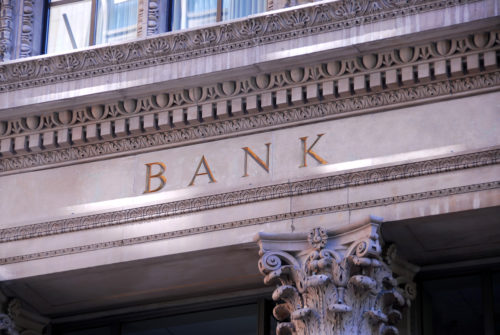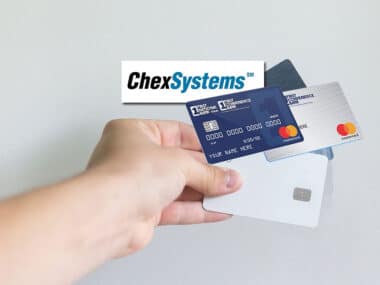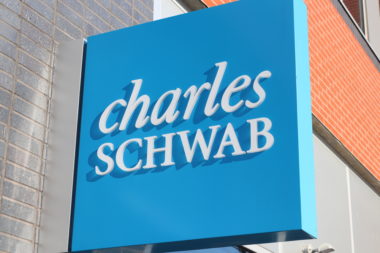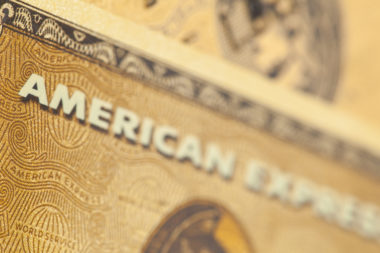As online banking has become more and more common, there has been a proliferation of online-only banks. These banks often offer customer-friendly digital interfaces, low rates, and other perks like high-yield savings accounts. However, brick-and-mortar bank branches still offer some services that can’t be duplicated online, such as face-to-face customer service, cash withdrawals, and more.
Table of Contents
What Is a Bank Branch?
A bank branch is the physical, brick-and-mortar location of a bank. Depending on the bank, there may be many different branches within a state or even nationwide. Other smaller, local banks may only have a handful of branches.
Most types of banks, including credit unions, will have bank branches. Although in recent years more and more established banks also allow customers to deposit checks, transfer funds, and view their accounts online, bank branches still provide important services that can’t always be replicated in a digital-only platform.
Branch Banking vs. Online Banking
There are a few key differences between branch banking and online banking. When you use a bank that operates physical bank branches, you’ll be able to visit a branch if you have any questions, need help with your accounts, or want to deposit or withdraw cash. You can also get cashier’s checks, apply for loans, and meet with financial advisors.
When you use an online bank, you generally aren’t able to meet with bank representatives face-to-face. Instead, the entirety of the banking process is completed online. Most online banks allow you to view your accounts, transfer funds, deposit checks through mobile deposit, pay bills, and apply for loans and other services online. Many online banks also have robust customer service departments that can help you with any problems you might encounter via email, chat, or over the phone.
Services Provided at Bank Branches
Bank branches provide a variety of services to their customers, including:
- Checking accounts;
- Savings accounts;
- Opening a bank account;
- Money orders;
- Personal checks;
- Cashier’s checks;
- Certified checks;
- Loans;
- Mortgages;
- Lockbox payments;
- Cash withdrawals and deposits;
- Check deposits;
- Financial advising;
- Safe deposit boxes;
- Notary services;
- In-person customer service.
Benefits of Branch Banking
While brick-and-mortar bank branches and online banks offer many of the same services, there are a few advantages to using a physical bank. For one, bank branches are able to handle the physical aspects of banking that just aren’t possible at online banks, such as depositing and withdrawing cash, accessing money orders and cashier’s checks, safe deposit boxes, notary services, and more. Any aspect of banking that requires physical handling of money, checks, or valuable objects must be accomplished at a bank branch.
In addition to services that can’t realistically be offered by an online-only bank, physical bank branches offer the benefit of in-person customer service and advice. Many customers, particularly those who are uncomfortable with or confused by online banking technology, may prefer the security and familiarity that comes with banking at a physical branch.
If you have any questions about your account or need help applying for loans or other financial services, any of the associates at a bank branch can help you in real time. In some cases, customers simply prefer face-to-face interactions over digital ones.
Disadvantages of Branch Banking
While there are many advantages when it comes to branch banking, there are also a few downsides. Because of their extremely low overhead, online banks are often able to offer more competitive interest rates and lower fees. Branch banks have many additional expenses such as rent, storage, and personnel costs, which may result in higher fees.
It can also be much more difficult to secure a loan from a branch bank if you have poor credit or a checkered financial history. Many online banks, meanwhile, offer loans to borrowers even if they don’t have perfect credit. Online banks also tend to have the edge when it comes to a quick application process and speedy dispersal of funds.
A loan application at an online bank can take a matter of minutes, and funds may be deposited in as soon as a few hours after approval. At a branch bank, meanwhile, the application process can be much lengthier, and it may take over a week for an application to be approved and money to land in your account.
Some customers may simply be more comfortable banking online. The ease and convenience of an online bank means that you can access almost all aspects of banking without having to ever leave your house. While traditional bank branches also tend to offer many online services, their offerings are not always as robust as their digital-only counterparts.
Additionally, online banks may offer a variety of educational resources and financial planning tools that digital-savvy customers might prefer over the in-person advice offered at a bank branch.
How to Find a Branch Near You
If you’re interested in opening an account at a bank branch, or just want to know where the nearest bank branch is to deposit cash, secure a cashier’s check, or use the services of a notary, you have a few options. If you already bank with an institution that you know has physical bank branches, you can call your bank directly to find out where the nearest branch is. You can also look online to find out where bank branches are near you.
Deciding between branch banking and online banking and choosing a bank is largely a matter of personal preference. Some customers may prefer the in-person service that comes with a physical bank branch, while others may prefer the ease and convenience of an online bank.
However, there are some banking activities, like depositing cash, that you can only take care of at a physical branch. When choosing between a branch bank and an online bank, you should be sure to consider a variety of factors, including your banking needs and the rates and fees associated with accounts.
Image Source: https://depositphotos.com/





